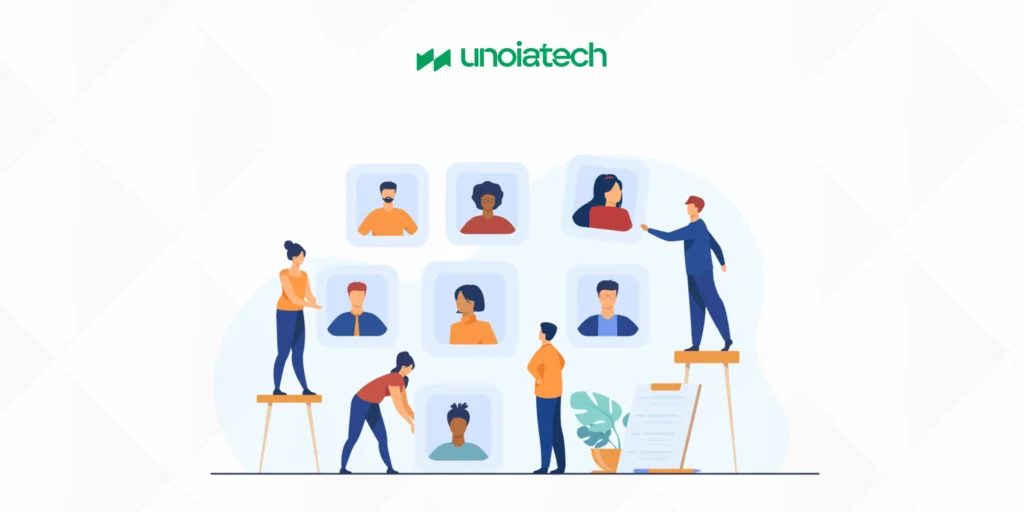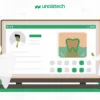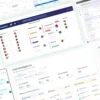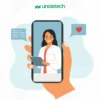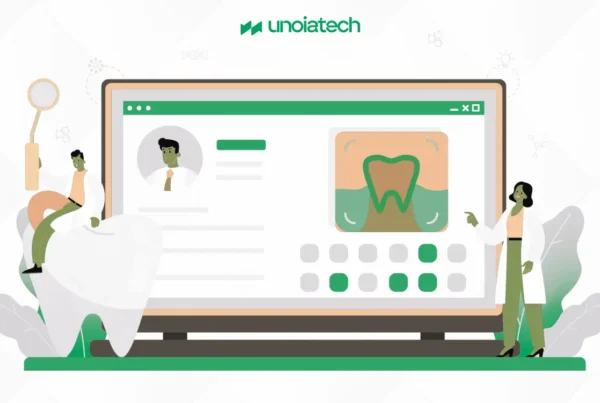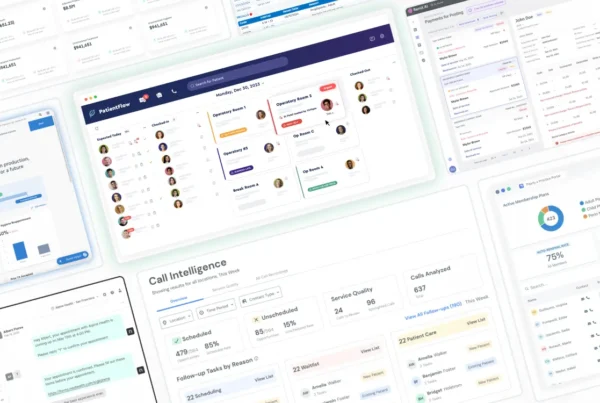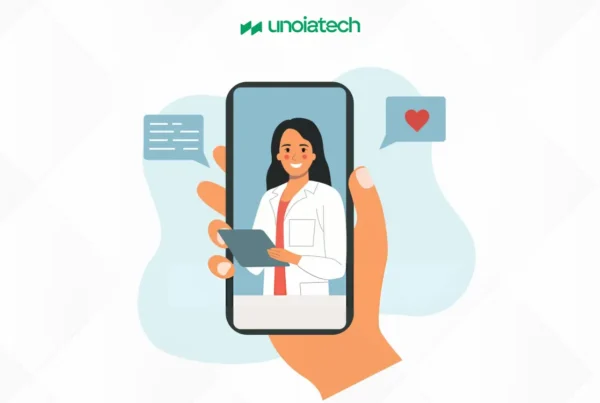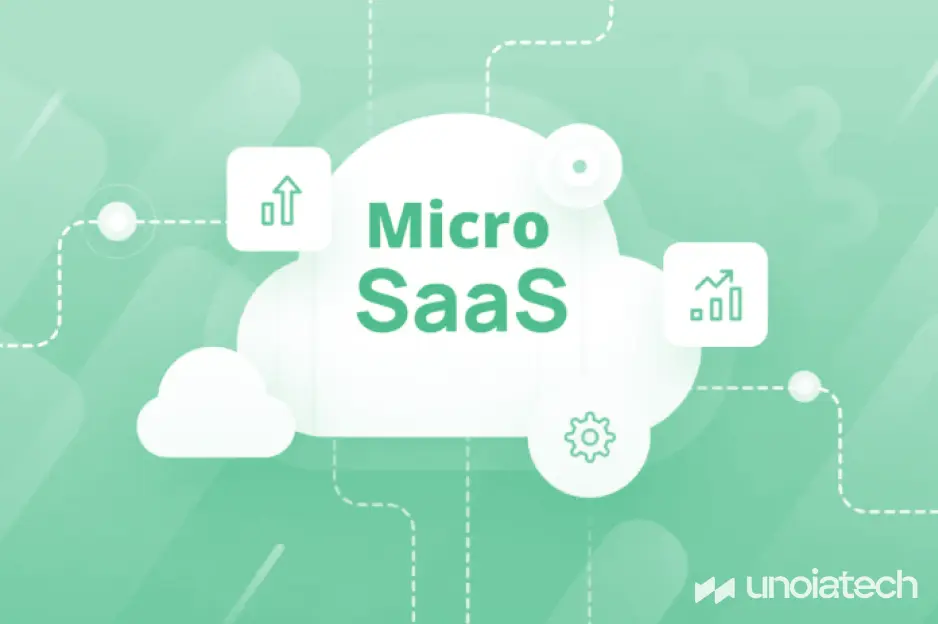
You’ve made significant progress so far. You’ve found a Micro-SaaS idea, validated it, built a minimum loveable product (MLP), and created a pricing strategy. Now, it’s time to focus on marketing—acquiring your first paying customers. Let’s start by understanding SaaS marketing fundamentals.
What is SaaS Marketing?
SaaS marketing refers to the activities and strategies you use to build awareness of the problem you’re solving and how your product offers a solution. It can be anything from tweeting, posting on LinkedIn, running ads, or writing articles that address customer pain points. The core concept revolves around efficiently acquiring customers while maintaining a healthy balance between customer acquisition cost (CAC) and lifetime value (LTV).
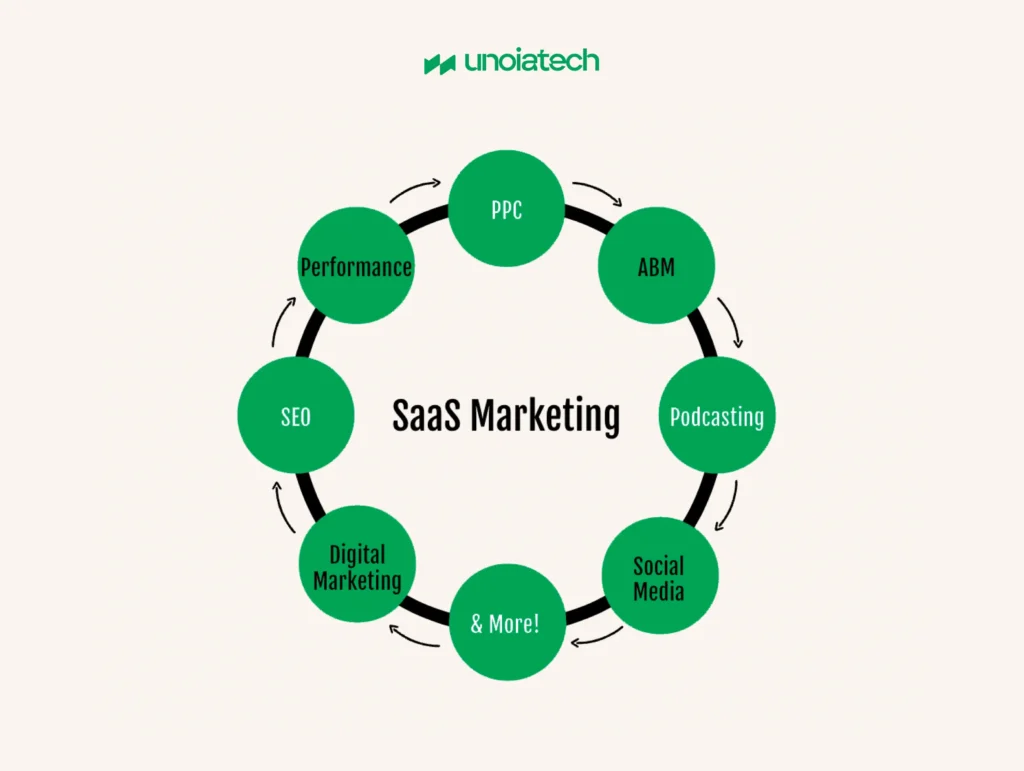
Key Metrics: CAC and LTV
When building a SaaS business, CAC and LTV are crucial metrics. If your product costs $50/month, would you spend $300 to acquire a customer? It depends on how long they stick around. A 3:1 LTV to CAC ratio is ideal. While your early returns may seem modest, the long-term benefits of recurring revenue can compound over time.
Where to Find Your Customers
To market effectively, you need to know where your customers hang out. Here are some common places:
- Niche Facebook groups
- Twitter threads
- Subreddits related to your niche
- Slack communities
- Google searches related to key problems
- App marketplaces like Shopify or Atlassian
Be genuine in your approach, focusing on providing value and fostering conversations.
How to Get Your First 10 Paying Customers
Ideally, you should have already engaged with at least 10 people who are interested in your Minimum Lovable Product (MLP). If you haven’t done that yet, you should identify where your potential customers spend their time.
Securing your first 10 customers involves a straightforward, manual approach:
- LinkedIn: Post about your product and reach out directly to people.
- Twitter: Share your product, join relevant conversations, and DM those who engage.
- Facebook/Slack: Make a genuine post in relevant groups or communities, and message interested individuals 1:1.
- Subreddit: Post in a related subreddit (e.g., r/Shopify for a Shopify app), or search for relevant posts and DM engaged users.
- Marketplaces: List your product with basic optimization (name, description, screenshots). If there’s existing demand, you should find your first customers here.
- Cold Email: Reach out to companies that match your criteria using tools like BuiltWith.

The goal is not just to secure these initial customers but to understand where they hang out and which channels are most effective.
A Marketing Strategy to Reach 1,000 Paying Customers
Once you’ve acquired your first 10 or even 50 customers through manual outreach, you can develop a repeatable process for growth.
If you’re patient and don’t need immediate revenue targets, continue manual outreach to potentially build a $10,000 MRR business over a year. Alternatively, if you prefer a more automated approach, invest in creating a marketing system that will eventually outperform manual efforts.
Building a marketing engine involves creating strategies that attract customers to you rather than reaching out individually. If you understand your customers’ preferences and where they spend their time, crafting an effective marketing strategy becomes easier.
For example, if your product helps SaaS founders collect user feedback:
- Content Creation: Write extensively about related issues, like “How to Talk to Your SaaS Users” or “Collecting User Feedback for SaaS.” If successful, expand to broader topics.
- Community Building: Create a Slack or Facebook group for SaaS founders, addressing topics like customer communication and feedback. This will attract the right audience.
- Twitter: Establish yourself as an authority on SaaS growth by sharing valuable insights, tweeting, and engaging in relevant discussions. This can generate a funnel for customer acquisition.
- Podcast: Host a podcast interviewing SaaS founders to discuss their challenges and solutions, including feedback processes. This offers value and attracts potential customers.
By leveraging these strategies, you’ll build a scalable system to reach 1,000 customers and beyond.
On Product Hunt, Show HN, IndieHackers, and Other “One-Time” Launches
Many bootstrappers and indie makers focus heavily on one-time launches, like those on Show HN or Product Hunt. While these launches can be beneficial if your product aligns with the platform’s audience, they shouldn’t be your sole strategy. Equally important is planning how to acquire customers consistently for the long term.
If your approach is to make a big splash on PH or HN and then pause marketing until the next launch, reconsider. Execute your launch, but then continue working on marketing your product every day.
Balance Engineering and Marketing
Aim to split your time between engineering and marketing. For example, if you spend a week building features, dedicate the next week to creating content—whether it’s a blog post, a series of Tweets, or posts for relevant communities.
The Long and Slow SaaS Ramp
Often referred to as the “long, slow SaaS ramp of death,” this journey is more aptly described as a steady climb. Success doesn’t come overnight, or even within a year. Here’s what the journey typically looks like:
Success is almost guaranteed if you:
- Solve a real, validated problem
- Engage with and understand your users
- Continually improve your solution
- Allocate significant time to promoting your product
Unlike B2C consumer apps, SaaS is more formulaic, which is why I find it so compelling. The scale of success may vary—some might hit $1 million ARR in 12 months, others might reach $100k ARR in 24 months—but success is inevitable for those who stay committed.
So, stay focused on building over the long term, prioritize understanding your users, measure progress against your own benchmarks, and persevere through tough days.
Ready to Build Your Own SaaS Success Story?
At Unoiatech, we specialize in helping businesses bring their SaaS vision to life. Whether you’re looking to scale, optimize, or launch from scratch, our team has the expertise to make it happen. Want to see how we helped one of our clients build a $900M SaaS product? Check out our case study here and discover how we can do the same for you.


